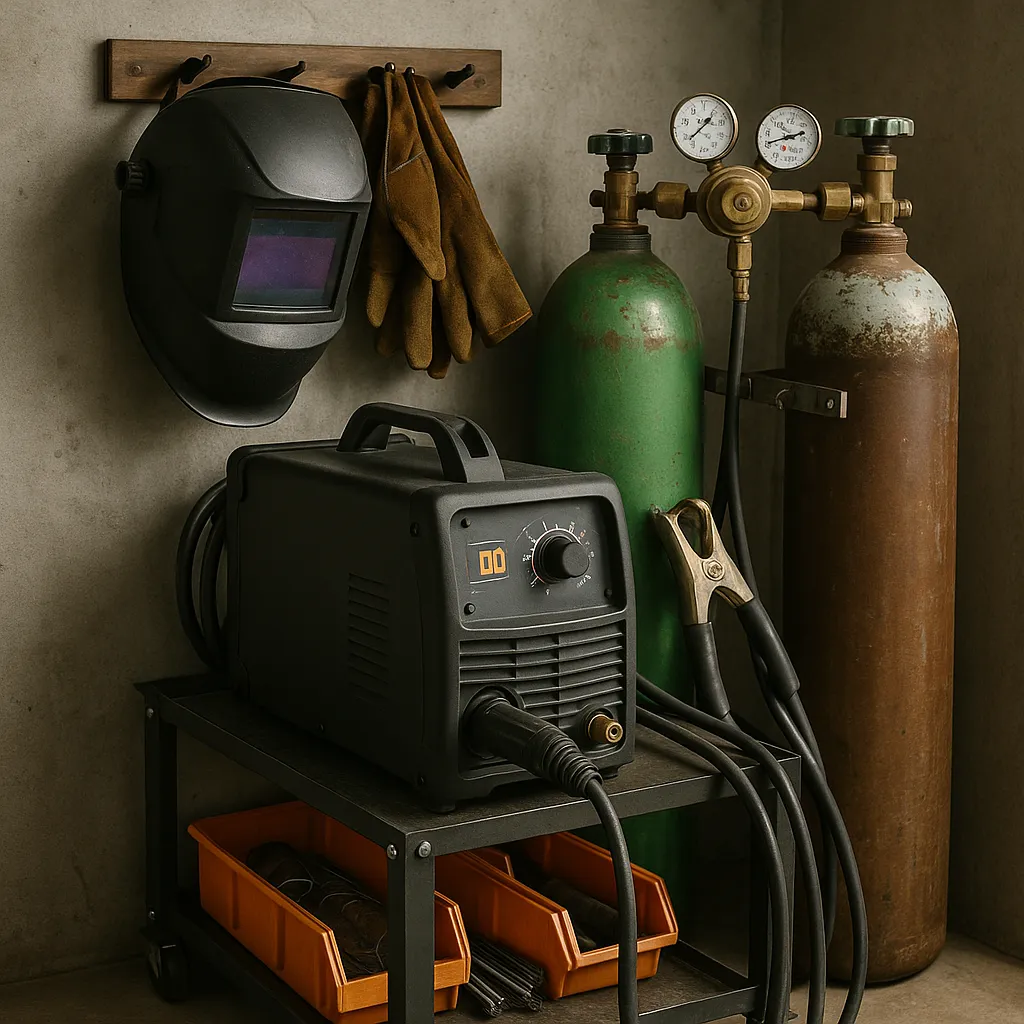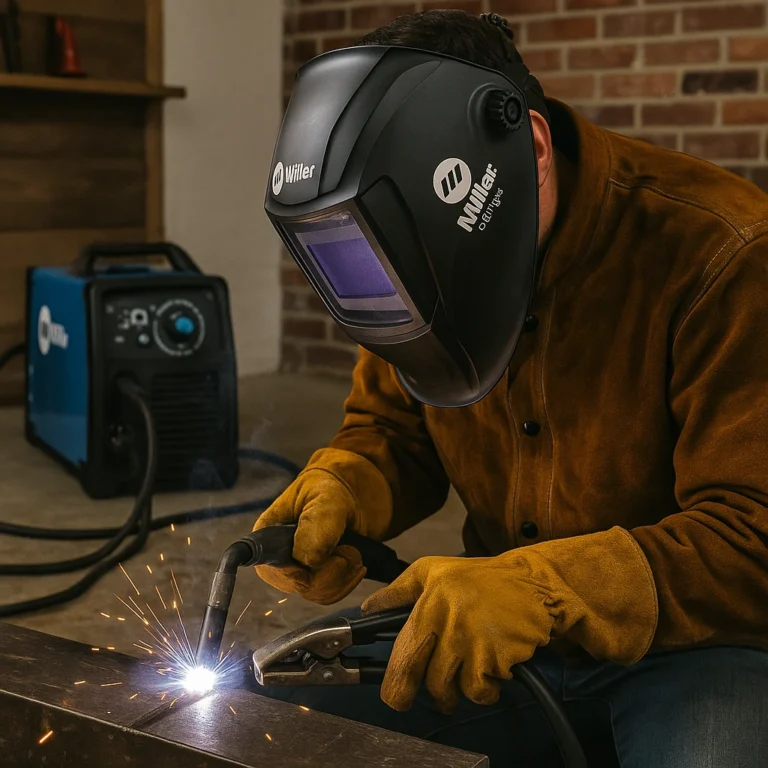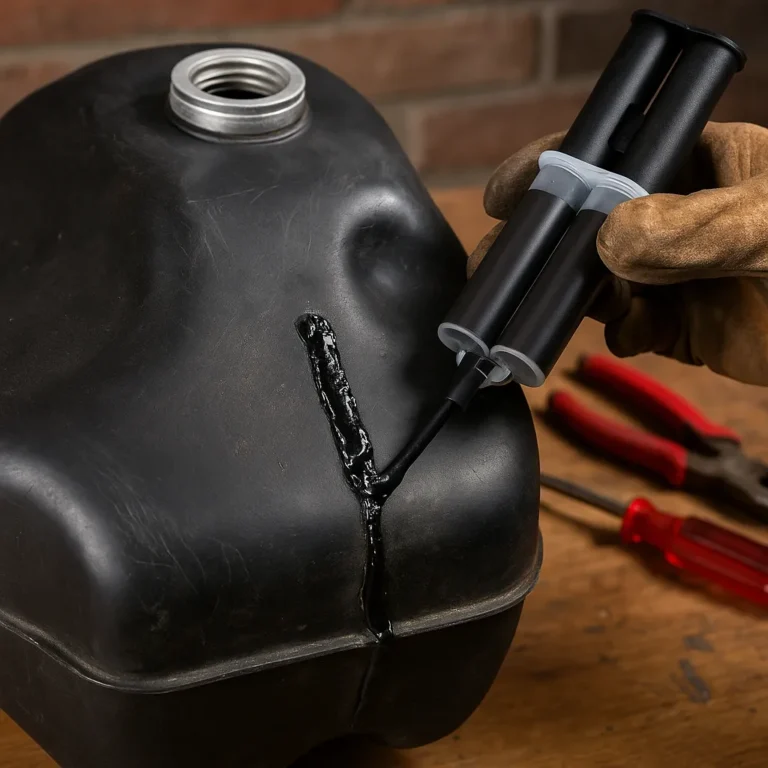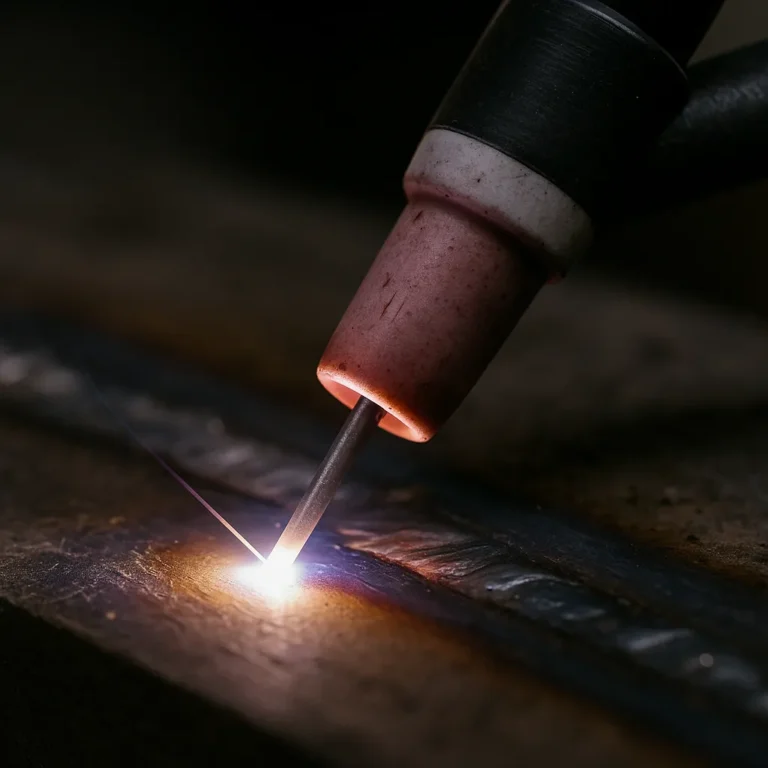Where to Store Welding Equipment: Smart Ideas for a Safer, Tidier Workspace

Disclosure: This post contains affiliate links. As an Amazon Associate, I earn from qualifying purchases—at no extra cost to you.
Proper storage isn’t just about keeping your welding area neat—it’s key to protecting your gear, improving safety, and making your workflow smoother. Whether you’re welding in a home garage or a small workshop, having a solid storage setup can make all the difference.
Let’s break down how to store your machine, leads, safety gear, and gas tanks so they stay in good shape and ready to use.
Keep Your Welder Off the Floor and Protected
Welding machines are sturdy, but they still need care. Most welders keep their units elevated to avoid moisture from concrete floors. A rolling cart or sturdy shelf gives your welder better airflow and easier access.
Community feedback suggests placing the machine near a grounded wall outlet with surge protection. To keep out dust and debris, especially in shared spaces or near grinders, cover your welder with a breathable welding blanket or light dust cover when not in use.
Organize Leads to Avoid Tangles and Damage
Welding leads can wear out quickly if left in a pile. The best move? Coil them loosely after use and hang them on a wall hook, reel, or pegboard. This keeps them off the floor and out of the way of foot traffic, tools, and sharp edges.
Avoid tight bends, heavy stacking, or storing leads near heat sources. Damaged insulation can affect arc stability and pose a safety risk.
Store Gas Cylinders Upright and Secure
Shielding gas tanks must be stored standing upright and firmly secured. Whether you’re using a dedicated cylinder cart or a wall chain setup, make sure tanks can’t tip or roll.
Keep them in a well-ventilated space, away from direct sunlight and heat. After each use, close the valve tightly—even if you’ll be welding again the next day.
A helpful trick many welders use is color-coding or tagging their tanks so they can easily tell the difference between argon, CO₂, or mixed gases.
Protect Helmets, Gloves, and Safety Gear
Helmets, gloves, and jackets often get tossed aside, but proper storage helps extend their lifespan. Keep your auto-darkening helmet in a clean, dry container—like a cabinet, case, or even a soft bag. Dust and moisture can mess with sensors and lenses over time.
Gloves, leathers, and sleeves should be hung to dry and stored away from sparks and grinding dust. Small accessories like contact tips or wire nozzles are easier to manage when kept in bins or drawer organizers.
Conclusion
Good storage habits make your welding experience safer, faster, and more enjoyable. Based on user feedback and shop-tested setups, here’s the takeaway:
- Keep welders elevated, covered, and away from grinding dust
- Coil and hang leads to avoid kinks and trip hazards
- Strap gas cylinders upright in ventilated areas
- Store helmets and gloves in dry, dust-free spots
It doesn’t take a fancy setup to store gear properly—just a bit of planning and a system that works for your space.






